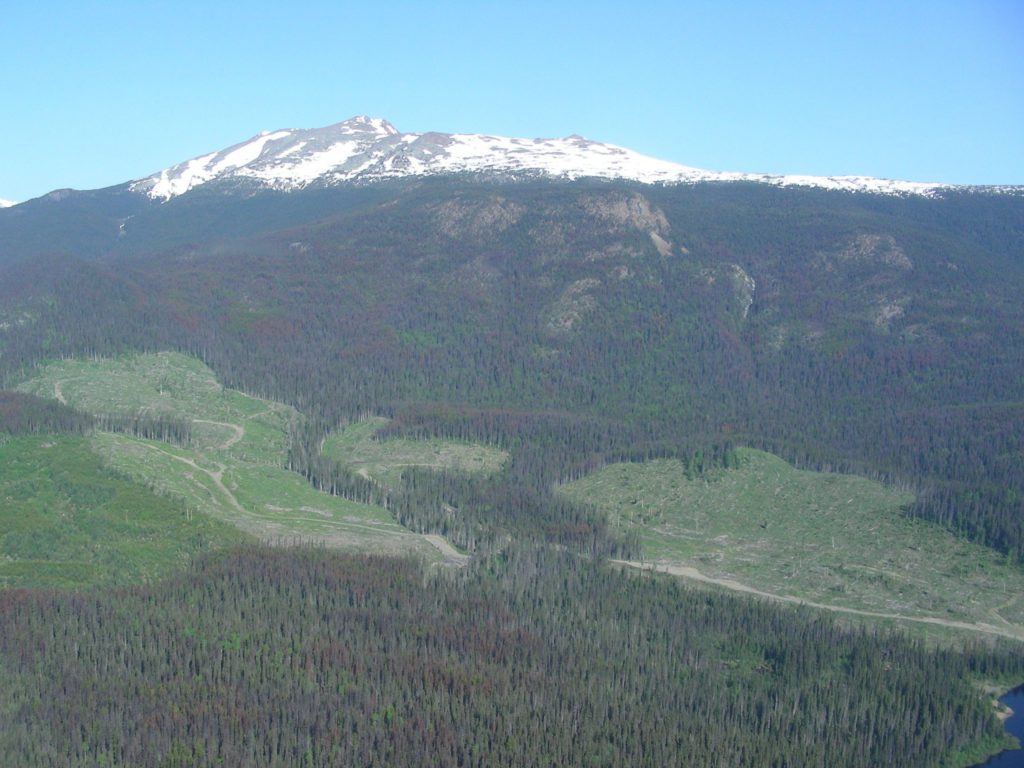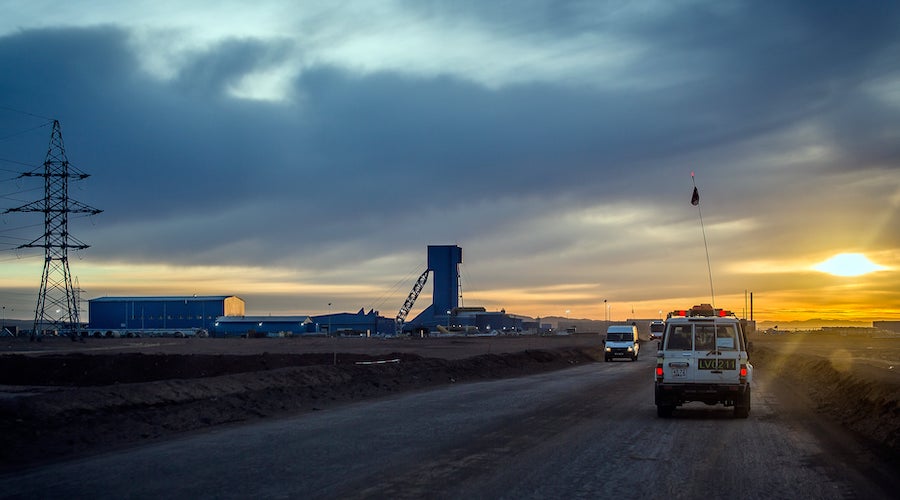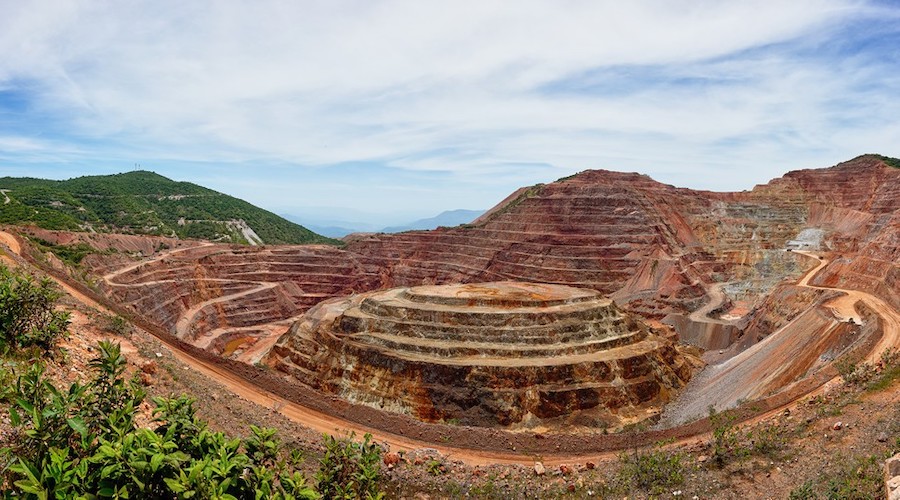FPX outlines 43,500 t/y integrated nickel sulphate operation in scoping study


The study outlines the development of an integrated nickel operation capable of producing approximately 43,500 tonnes of nickel contained in sulphate per annum, based on nickel recoveries of approximately 97% from Baptiste’s awaruite nickel concentrate. This output would be enough to fulfill 17% of North America’s EV battery demand in 2030, according to Goldman Sachs’ projections.
The operation uses a conventional hydrometallurgical flowsheet for production of high-purity nickel sulphate directly from Baptiste’s awaruite nickel concentrate (60% to 65% nickel), without the intermediate smelting typically required for sulphide concentrates or the extensive, aggressive pressure oxidation conditions required for laterite ores and sulphide concentrates.
Commented Martin Turenne, FPX’s president and CEO. “Baptiste’s awaruite nickel mineralization has clear technical advantages over sulphide and laterite ores for producing nickel sulphate, offering a lower-cost, lower-carbon path from mine-to-market in the EV battery supply chain.”
“Given its extremely high nickel content (over 60% nickel) and low levels of impurities, our high-grade nickel concentrate has distinct advantages over low-grade nickel sulphide concentrates (under 20% nickel), and is already comparable to intermediate nickel sulphate feedstocks like mixed hydroxide precipitate, mixed sulphide precipitate or nickel matte,” he added.
According to FPX, the anticipated capital costs for nickel sulphate production is expected to be competitive with large-scale refinery operation recently developed by Terrafame in Finland, which was commissioned in 2021 and is expected to produce 37,400 tonnes of nickel contained in sulphate annually.
In addition, the the proposed design is expected to yield cobalt recoveries from flotation concentrate of approximately 95%, resulting in the annual production of approximately 650 tonnes of cobalt. At this scale, FPX believes Baptiste would become one of Canada’s five largest cobalt operations, alongside nickel-cobalt mines operated by Glencore and Vale in central and eastern Canada.
Based on the study results, the next steps for FPX are to conduct further testwork and engineering studies on a refinery that can act as an single integrated facility to convert Baptiste’s awaruite nickel concentrate directly to nickel sulphate.
As part of FPX’s ongoing three-phase metallurgical testwork campaign, approximately 17 tonnes of Baptiste material is currently being treated by a pilot plant at Corem in Quebec City. In addition to supporting refinement of the upstream mineral processing flowsheet, this large-scale piloting will also generate sufficient awaruite nickel concentrate for hydrometallurgical testwork, which is expected to run through the fourth quarter of 2022.
Building on the engineering studies to date and incorporating the testwork results as available, FPX will commence a more advanced engineering study in the fourth quarter of 2022, with results available in the second or third quarter of 2023.
The Baptiste deposit is part of FPX’s 100%-owned Decar nickel district, which covers 245 km2 in the Mount Sidney Williams ultramafic-ophiolite complex, located 90 km northwest of Fort St. James, BC. To date, awaruite mineralization has been identified in four target areas within the complex, with Baptiste being the most accessible and having the biggest known surface footprint.
Based on its most recent resource estimate (2020), the Baptiste deposit alone has nearly 2 billion tonnes of indicated material, grading 0.12% nickel, for 2.43 million tonnes of contained metal.
This post has been syndicated from a third-party source. View the original article here.




